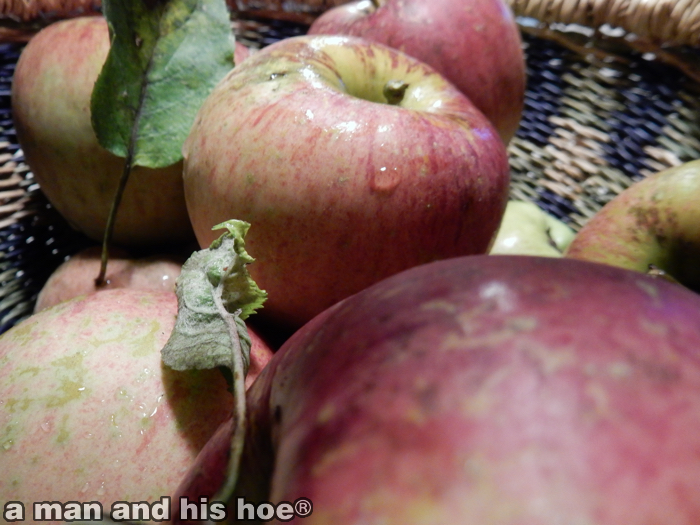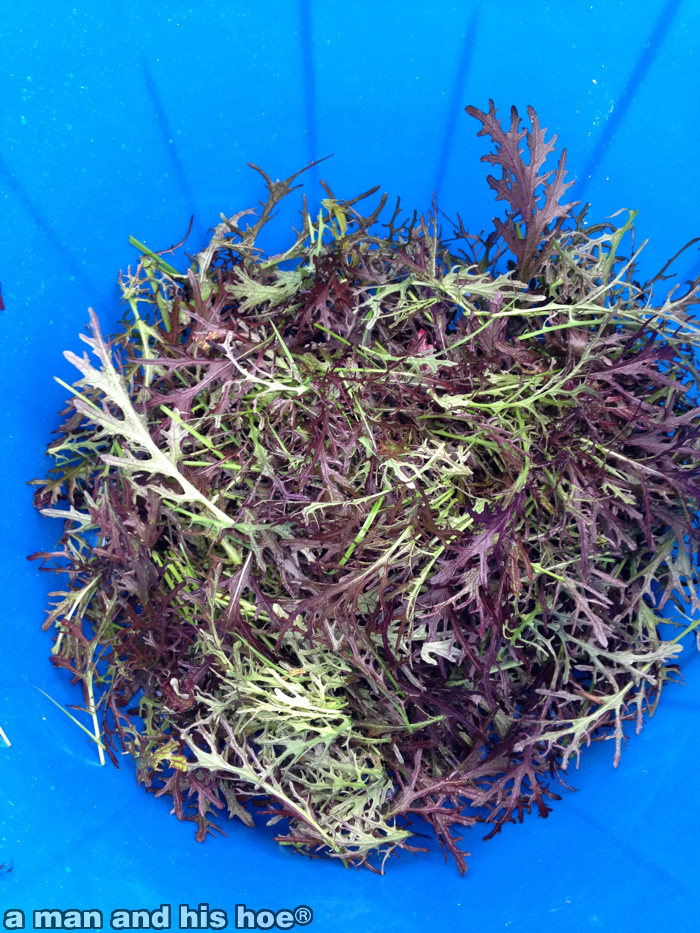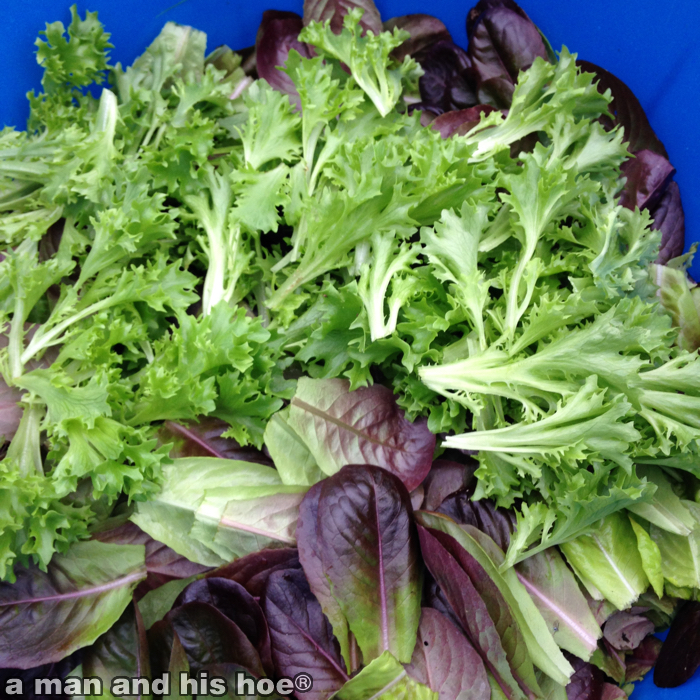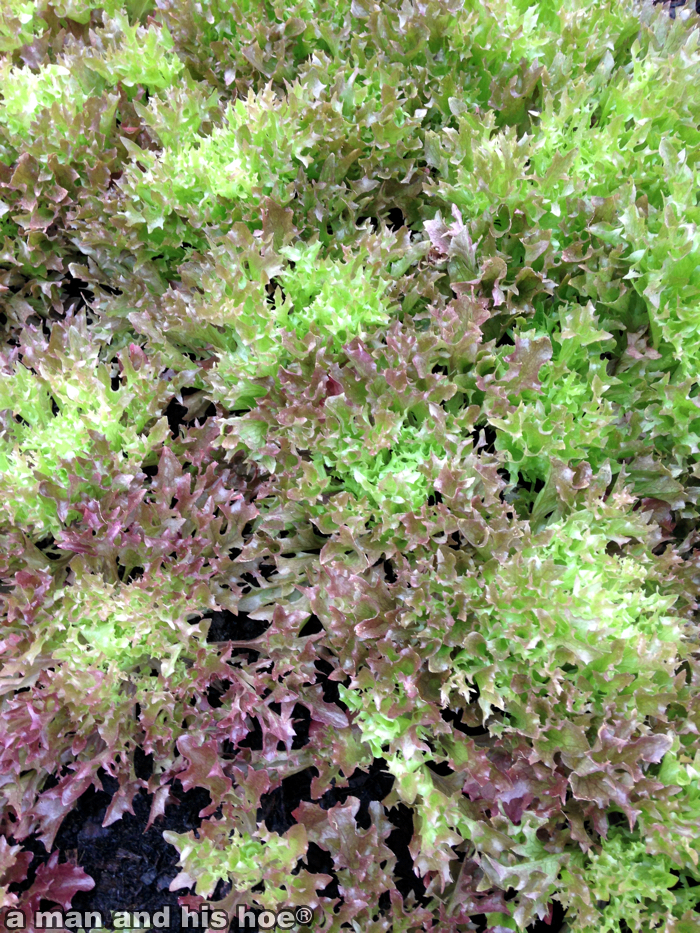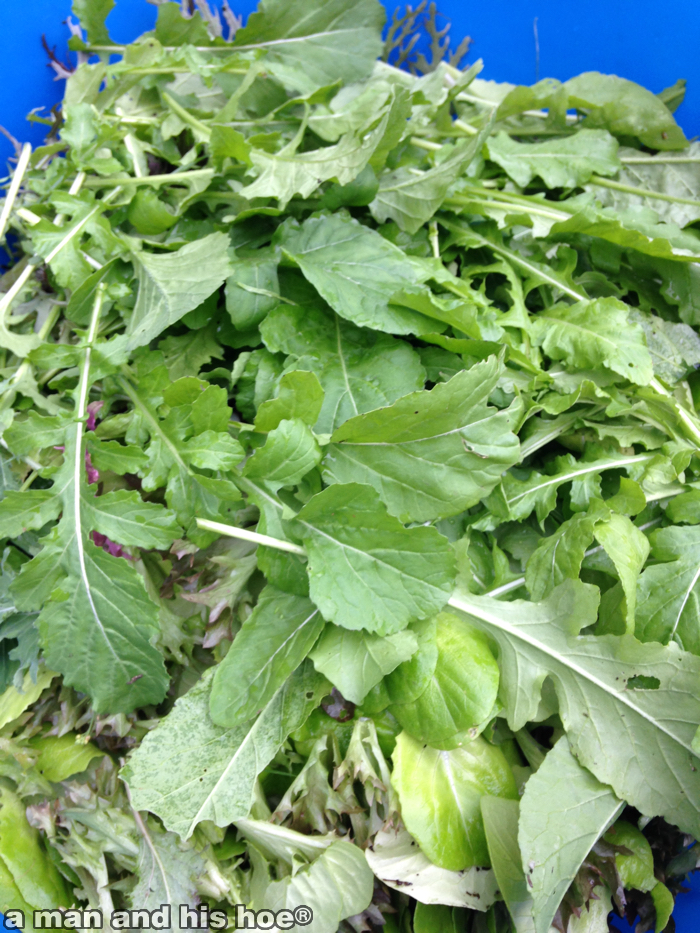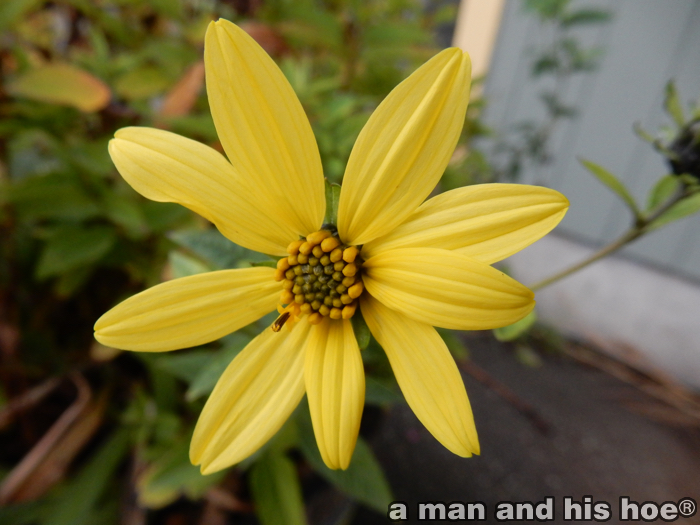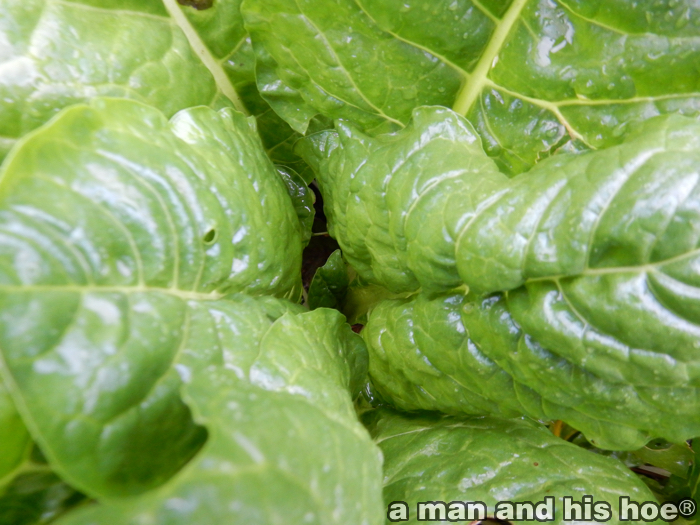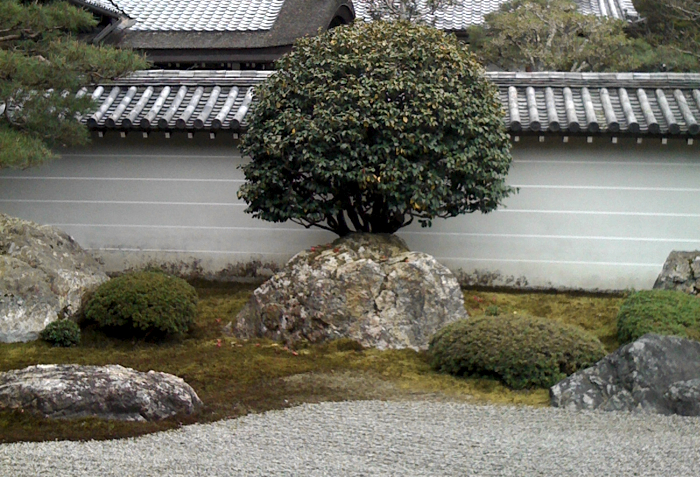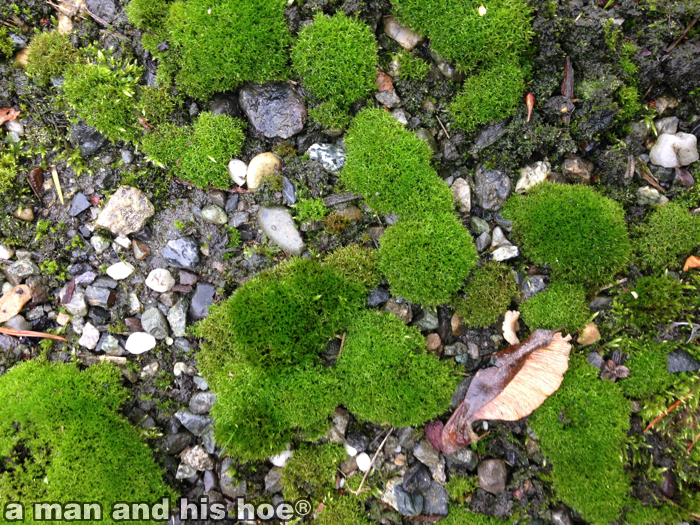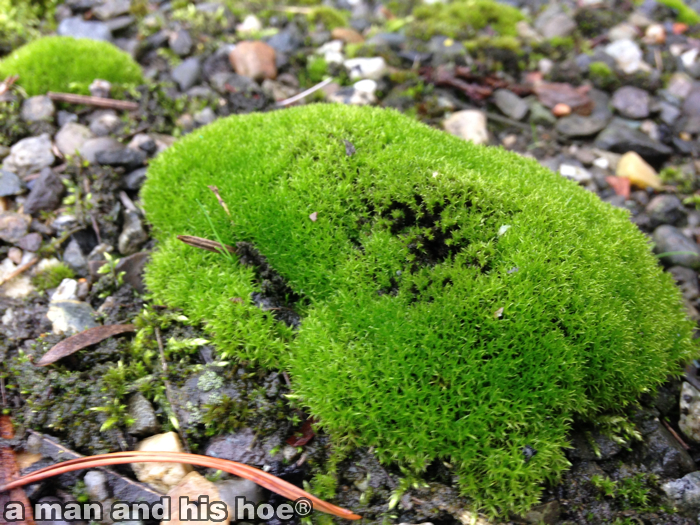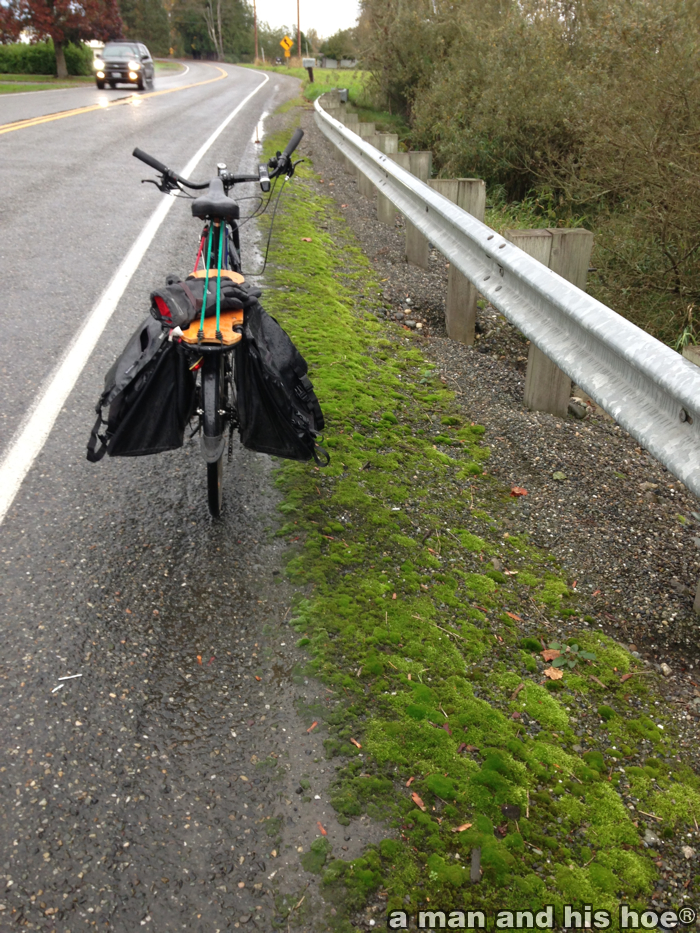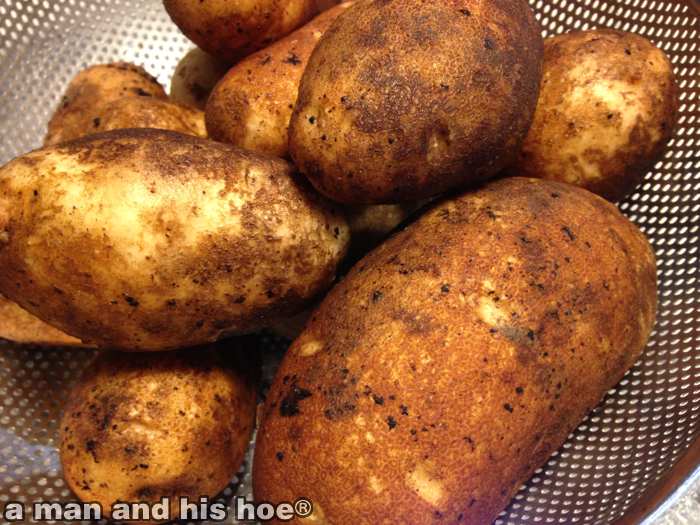
We picked the last of the apples today. Once these and the other bucket of apples we picked recently are gone, that is the last of the fresh apples. These days, hardly anyone thinks about there being a first and a last picking of a fruit or a vegetable. No one expects to go to a store and see a sign saying, “No more apples until next fall.”
Large growers can store apples in controlled atmosphere (CA) storage, keeping apples edible for many months. By reducing the amount of oxygen the apples have, it is possible to slow down their respiration and keep them relatively fresh.
Still, no matter how they are stored, apples lose firmness over time. That just-off-the-tree crunch just isn’t there. On the other hand, since so few ever experience eating an apple picked off the tree, there are very few customers who demand such freshness. Though, once you enjoy a whole season of eating apples right off the tree, there is less joy biting into an apple that has come out of storage. You look forward to next fall, when you can once again, enjoy that just-off-the-tree crunch.
- Views on CA Storage of Apple – WSU Tree Fruit Research & Extension Center
- Short-Term Controlled Atmosphere Storage of Apples – WSU Tree Fruit Research & Extension Center

